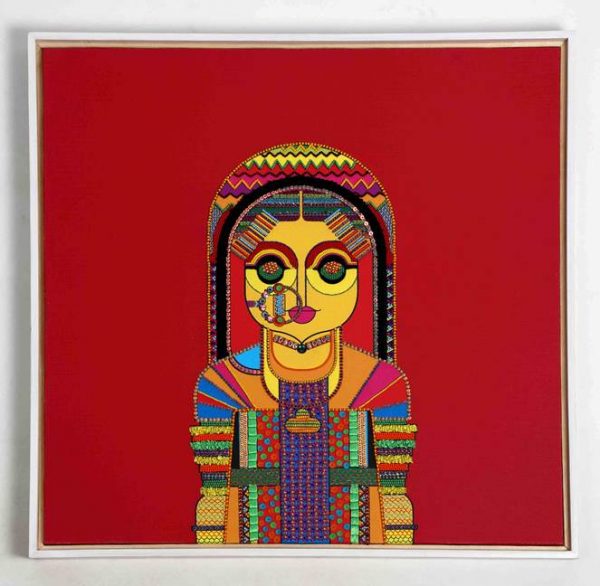
Opening night Unfolding: New Indian Textiles and Backs of Banaras at RMIT Gallery
Opening night of the exhibitions Unfolding: New Indian Textiles and Backs of Banaras at RMIT Gallery on 26 March 2015, by Ms…
Indian textile designers are the envy of the rest of the world because they continue to have close, easy contact with all manner of hand production and crafts no longer available elsewhere.
This vibrant new exhibition places contemporary Indian textile designers and artists within the wider context of international art and fashion and examines the reinvention of traditional textiles through the sari, uncut cloth, street wear as well as textiles and fibre as contemporary art.
Unfolding: New Indian Textiles has been developed by independent curator, public art coordinator and artist Maggie Baxter to coincide with her new book on contemporary Indian textiles.
Ms Baxter has travelled to India for more than two decades, where she has worked with traditional crafts in the Kutch region of North West India since 1990.
The Indian village remains a constant presence in textile production terms of tradition and subject matter, drawing extensively on the daily life and popular culture of villages and marketplaces.
Indian textiles today include the almost unimaginable plethora of regionally specific skills, techniques and motifs from every state and region in India, far exceeding any other country in the enduring, prolific production of its living material culture.
The surface decoration on Indian textiles is inspiring, exhilarating, and overwhelming. In rural areas clothes can be a riot of competing prints, tie-dye, dense embroidery, mirrors, gota, buttons and tiny bells. Ornate textiles cover furniture, are spread to sit and sleep on, create ceilings and hang auspiciously over doorways. It seems like too much is never enough and while such extreme ornamentation may be toned down in urban centres, pattern is still all pervading.
Yet as much as there is intense decoration in India, there is also restraint. The Minimalist principles of reduction and sparseness, where the simplest and fewest elements are used to create maximum effect are integral to Indian culture where the concept of eliminating all non-essential forms and features is aesthetic and ascetic.
This exhibition explores an overwhelming sense of Indian cultural identity manifested in the beautiful art of contemporary textiles, as well as the production methods using traditional skills that has always made Indian textiles unique.

Opening night of the exhibitions Unfolding: New Indian Textiles and Backs of Banaras at RMIT Gallery on 26 March 2015, by Ms…
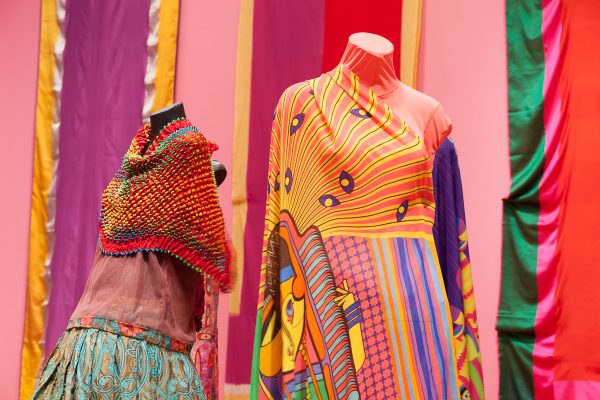
Himanshu Dogra (Play Clan) participated in Unfolding: New Indian Textiles at RMIT Gallery from 20 March – 30 May 2015. He talks…
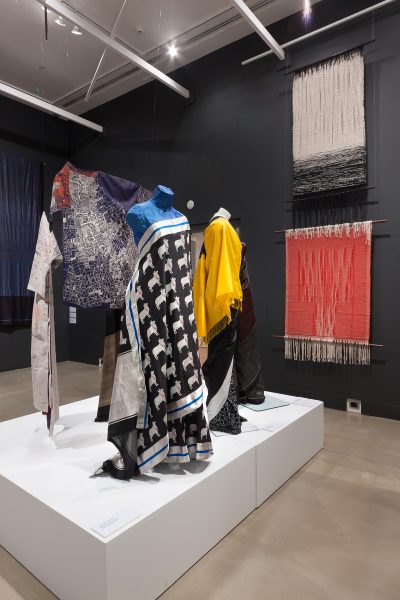
Publicerades den 10 juni 2015 Maggie Baxter curated the exhibition Unfolding: New Indian Textiles at RMIT Gallery from 20 March – 30…
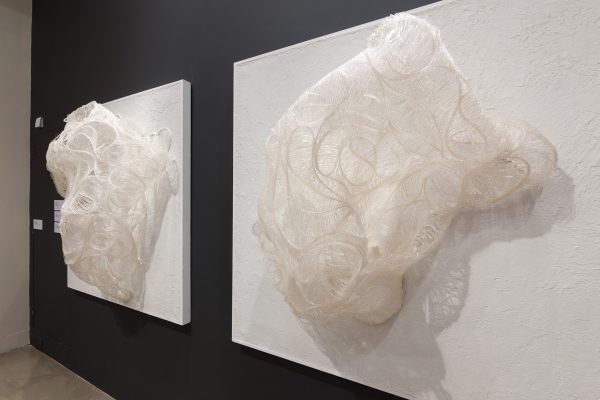
Parul Thaker participated in Unfolding: New Indian Textiles at RMIT Gallery from 20 March – 30 May 2015. She talks about her…
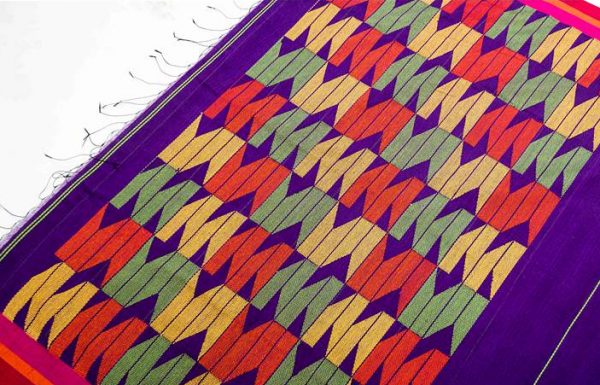
Bappaditya Biswas (bai lou) participated in Unfolding: New Indian Textiles at RMIT Gallery from 20 March – 30 May 2015. He talks…
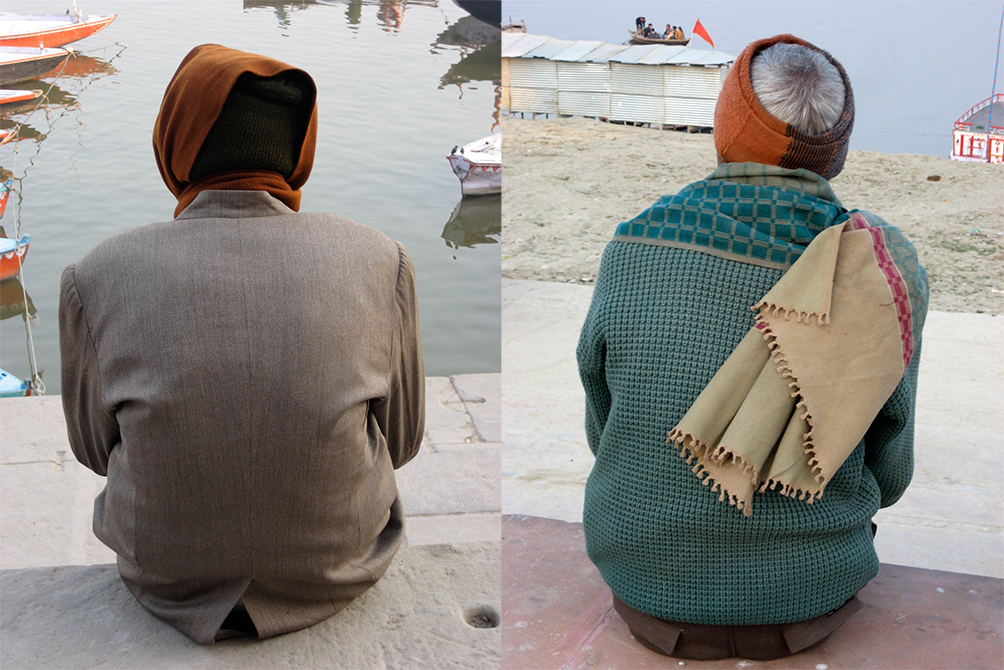
Exhibition20 Mar – 30 May 2015
The display of large photographic prints in the exhibition Backs of Banaras lines up many torsos along the ghats of the Ganges…